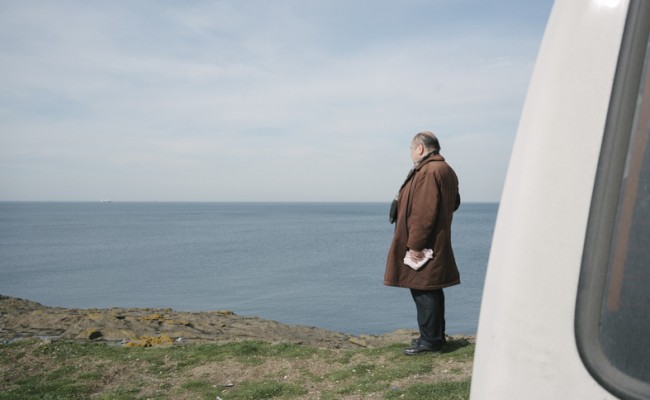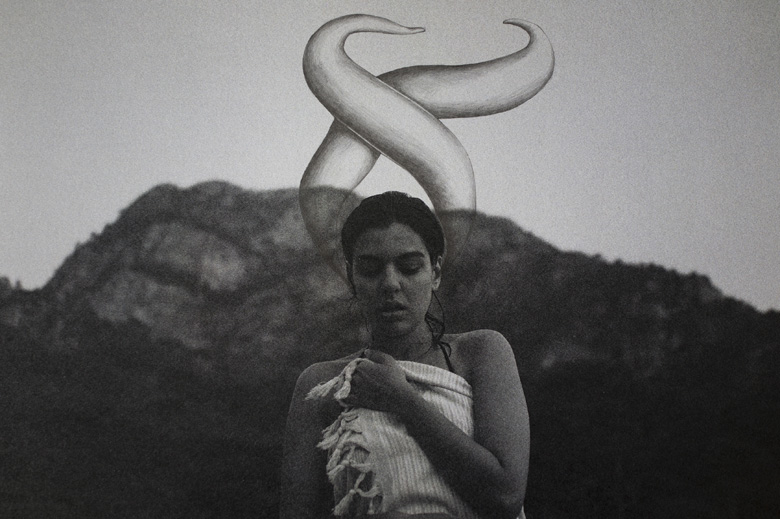I never sympathized and still cannot sympathize with habitats that do not have watersides; be it river, lake, sea or ocean. Water reminds me of serenity and purity; and the power of nature when it transforms into rain, storm, flood, tsunami. On the other hand, there is a coastline in every settlement by the water; and the concept of shore makes me preoccupied with and opens doors to other dimensions:
- Natural or man-made; shore is threshold, door, boundary, infinity…
- Shore is open to the world; folks inclined to be open-minded mostly live in coastal cities…
- Shore, depending on the season, harbors extreme moods like overcrowdedness or abandonedness…
- Shore is open to risk; yet, no risk no progress…
- Shore is a starting point to reach other shores...
- Shore can be a haven for refuge in daytime, or an escapade point from dependence at night…
- Is the shore where expectations hit the edge or drift towards the open sea?
The concept of “shore” I tried to define above with various dimensions, has driven me to work with two photographers who create works in this context, for an exhibit to open at KASA Gallery in March 2016.
Ece Gökalp (Born 1988 in Istanbul) lives and works in Berlin / Istanbul and is after her master's degree at the UdK, Berlin in the “Art in Context” program. Using mixed media techniques, she deploys photography as a tool and a goal. Gökalp, is interested in theoretical discussions on photography’s potential in representing the reality. The photograph’s physical and semantic journey, subsequent to printing process, constitutes the departure point of her works. The artist focuses, in her photographical documentation process, on humankind’s relationships with its environment, family, nature, society and each other.
Ekin Özbiçer (Born 1984 in Izmir) studied photography at FAMU in Prague. She documents the ordinary relationships people initiate in public places like streets, markets, wedding salons, luxury hotels, pubs, cafés; by capturing usually ignored surrealist moments. The ongoing series titled "Auto-orientalist" traces the new socio-cultural facts and aesthetic phenomena that the artist witnessed in her native environment that has undergone excessively rapid change. Ekin Özbiçer aims to leave documents that prove “somewhere, some people lived like this,” while she realizes herself as an artist; continuing her professional life and art projects in Istanbul.
Murat Germen
February 2016, Istanbul



